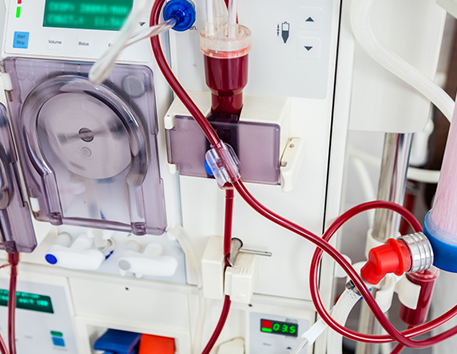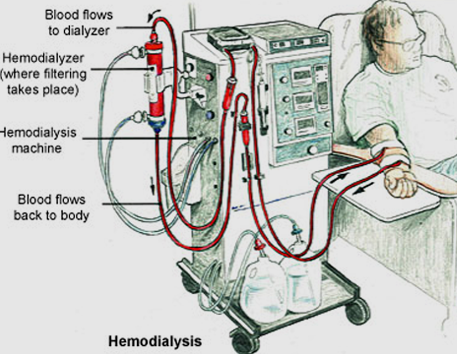The number of patients on dialysis is continually increasing, and so is the average duration (the length of time patients remains on dialysis). Advances in medical technology, the growing prevalence of end-stage renal disease (ESRD), and the aging population all point to an ever-increasing need for renal care practitioners.
We are responsible for all medical devices and equipment involved in renal replacement therapies. At Time Saver Technologies, Inc., we take our job seriously and deliver dialysis equipment to patients solving unmet medical needs. We are built on many years of professional experience and are united in our commitment to providing high-quality products and services to make medical and professional practices available to patient care.




